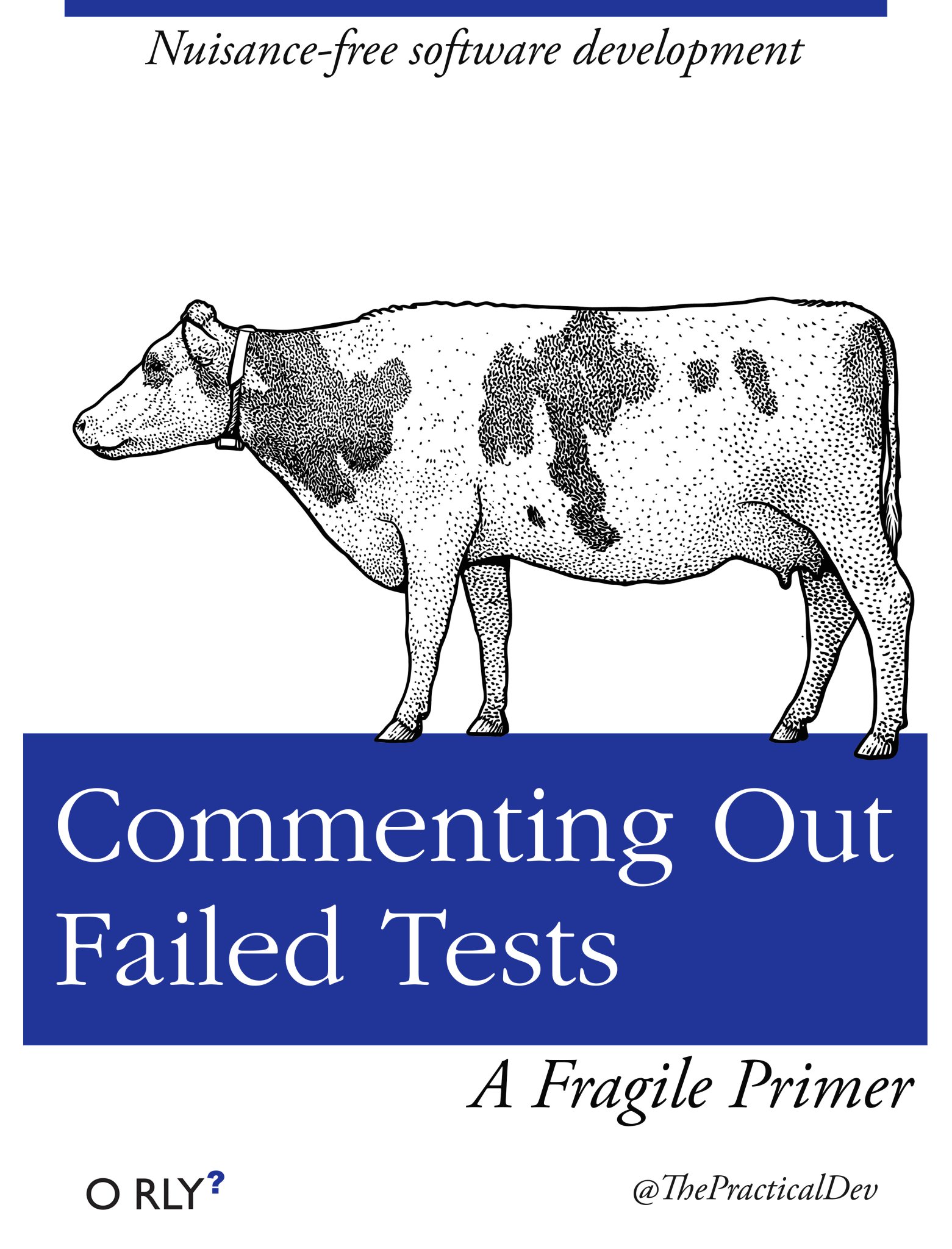
Version control and testing: Concepts
Overview
Teaching: 5 min
Exercises: 0 min
Exercises: 0 min
Questions
- What are unit tests, regression tests, and integration tests?
- What is test coverage?
- How should we approach testing?
- Understand how the different layers of testing fit to each other.

How?
Imperfect tests run frequently are better than perfect tests which are never written
Important
- Test frequently (each commit)
- Test automatically (e.g. using Travis CI)
- Test with numerical tolerance
- Think about code coverage (Coveralls or Codecov)
Defensive programming
- Assume that mistakes will happen and introduce guards against them.
def kelvin_to_celsius(temp_k):
"""
Converts temperature in Kelvin
to Celsius.
"""
assert temp_k >= 0.0, "ERROR: negative T_K"
temp_c = temp_k + 273.15
return temp_c
Unit tests
- Unit tests are functions (Testing and Continuous Integration with Python)
- Test one unit: module or even single function
- Good documentation of the capability and dependencies of a module
Integration tests
- Integration tests verify whether muliple modules are working well together (Testing and Continuous Integration with Python)
- Like in a car assembly we have to test all components independently and also whether the components are working together when combined
- Unit tests can be used for testing independent components (e.g. engine, radiator, transmission) and integration tests to check if car is working overall
Test-driven development
- In test-driven devlopment, one writes tests before writing code
- Very often we know the result that a function is supposed to produce
- Development cycle (red, green, refactor):
- Write the test
- Write an empty function template
- Test that the test fails
- Program until the test passes
- Perhaps refactor
- Move on
Code coverage
- If I break the code and all tests pass who is to blame?
- Code coverage measures and documents which lines of code have been traversed during a test run
- It is possible to have line-by-line coverage (example later)
Total time to test matters
- Total time to test matters
- If the test set takes 7 hours to run, it is likely that nobody will run it
- Identify fast essential test set that has sufficient coverage and is sufficiently short to be run before each commit or push
Continuous integration
- Continuous integration is basically when you automatically test every single commit or merge automatically
- Test each commit (push) on every branch
- Test merges before they are accepted
- Makes it possible for the mainline maintainer to see whether a modification breaks functionality before accepting the merge
Good practices
- Test before committing (use the Git staging area)
- Fix broken tests immediately (dirty dishes effect)
- Do not deactivate tests “temporarily”
- Think about coverage (physics and lines of code)
- Go public with your testing dashboard and issues/tickets
- Test controlled errors: if something is expected to fail, test for that
- Create benchmark calculations to cover various performance-critical modules and monitor timing
- Make testing easy to run (
make test) - Make testing easy to analyze
- Do not flood screen with pages of output in case everything runs OK
- Test with numerical tolerance (extremely annoying to compare digits by eye)

Image by @thepracticaldev, CC-BY-NC.
Discussion
- For which situations would you consider automated testing as overkill?
Key points
Automatize testing.